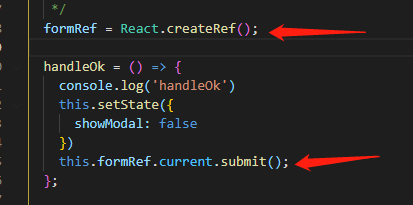I created a product / review system from scratch and I´m having a hard time to do the following query in SQL Server.
My schema has different tables, for: products, reviews, categories, productPhotos and Brand. I have to query them all to find the brand and category name, photos details, Average Rating and Number of Reviews.
I´m having a hard time to get No. of reviews and average rating.
Reviews can be hidden (user has deleted) or blocked (waiting for moderation). My product table doesn't have No. of Reviews or Average Rating columns, so I need to count it on that query, but not counting the blocked and hidden ones (r.bloqueado=0 and r.hidden=0).
I have the query below, but it´s counting the blocked and hidden. If I uncomment the "and r.bloqueado=0 and r.hidden=0" part I get the right counting, but then it doesn't show products that has 0 reviews (something I need!).
select top 20
p.id, p.brand, m.nome, c.name,
count(r.product) AS NoReviews, Avg(r.nota) AS AvgRating,
f.id as cod_foto,f.nome as nome_foto
from
tblBrands AS m
inner join
(tblProducts AS p
left join
tblProductsReviews AS r ON p.id = r.product) ON p.brand = m.id
left join
tblProductsCategorias as c on p.categoria = c.id
left join
(select
id_product, id, nome
from
tblProductsFotos O
where
id = (SELECT min(I.id)
FROM tblProductsFotos I
WHERE I.id_product = O.id_product)) as f on p.id = f.id_product
where
p.bloqueado = 0
//Problem - and r.bloqueado=0 and r.hidden=0
group by
p.id, p.brand, p.modalidade, m.nome, c.name, f.id,f.nome"
Need your advice:
I have seen other systems that has Avg Rating and No. of Reviews in the product table. This would help a lot in the complexity of this query (probably also performance), but then I have to do extra queries in every new review, blocked and hidden actions. I can easily to that. Considering that includes and updates occurs much much less than showing the products, this sounds nice. Would be a better idea to do that ?
Or is it better to find a way to fix this query ? Can you help me find a solution ?
Thanks





